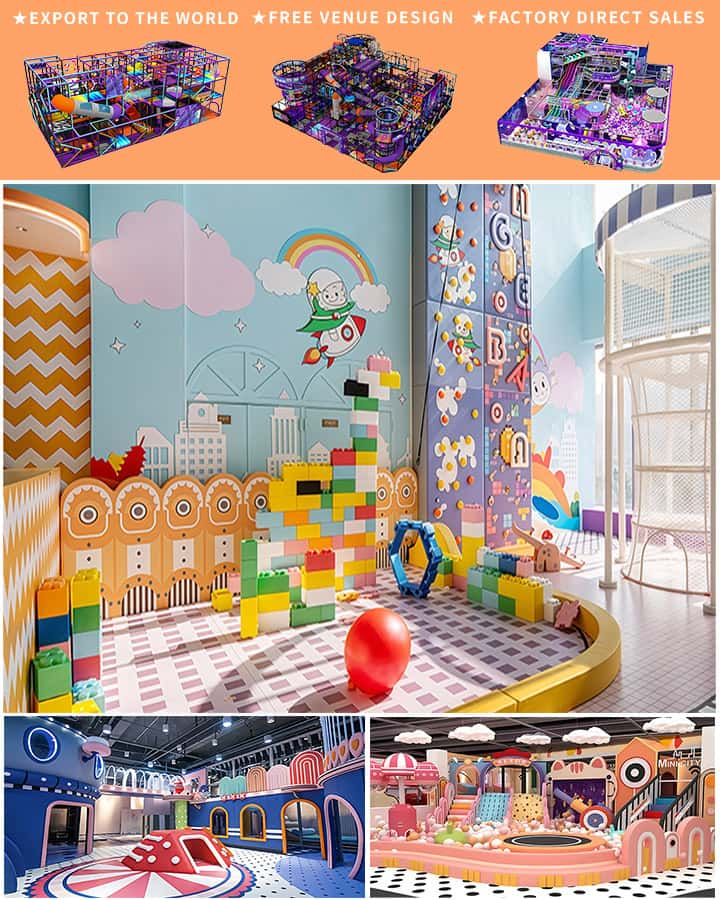In today’s digital age, where outdoor play can sometimes take a backseat due to weather or other constraints, indoor playgrounds have emerged as a sanctuary for kids to unleash their boundless energy and imagination. These vibrant havens offer an array of attractions designed not only to entertain but also to foster physical, cognitive, and social development. Let’s delve into why indoor playgrounds stand out as a magical retreat for children of all ages.
A World of Endless Fun
One of the primary draws of indoor playgrounds is the sheer variety of activities they offer. From towering jungle gyms and spiral slides to interactive games and ball pits, these spaces are engineered with fun at their core. Unlike traditional parks, indoor playgrounds are climate-controlled, ensuring that rain or shine, children can enjoy their playtime without interruptions. This accessibility encourages regular physical activity, which is vital for maintaining healthy lifestyles in young ones.
Safe yet Challenging Environments
Safety is paramount in any child-centric facility, and indoor playgrounds excel in this aspect. Equipped with soft flooring, padded walls, and meticulously maintained equipment, these environments minimize the risk of injury while still providing ample opportunities for adventure. Climbing structures, balance beams, and obstacle courses challenge children’s motor skills and coordination, promoting confidence and resilience as they navigate through different challenges.

Stimulating Creativity and Learning
Beyond physical benefits, indoor playgrounds stimulate creativity and cognitive development. Many facilities incorporate educational elements like puzzle walls, building blocks, and sensory play areas. These interactive installations encourage problem-solving, spatial awareness, and imaginative play, turning what might seem like simple fun into a platform for learning and growth.
Social Butterflies in Flight
Social interaction is another cornerstone of indoor playgrounds. As children engage with peers in cooperative games and group activities, they learn essential social skills such as sharing, teamwork, and empathy. The inclusive nature of these spaces often brings together children of diverse backgrounds, fostering understanding and friendship across cultural lines. For many parents, watching their child make new friends and navigate social dynamics in a safe environment is a priceless experience.
Inclusive Play for All Abilities
Inclusive design is increasingly becoming a priority in modern indoor playgrounds. Features like wheelchair-accessible equipment, sensory-friendly zones, and adaptive toys ensure that children with disabilities or special needs can participate fully. By embracing diversity, these facilities promote equality and empower every child to join in the fun without limitations.
A Break for Parents Too
While indoor playgrounds cater primarily to children, they also offer a much-needed respite for parents. Many facilities include comfortable seating areas, Wi-Fi access, and even cafes where caregivers can relax while keeping an eye on their little ones. This balance between supervision and personal time helps create a positive experience for the entire family.
Conclusion
Indoor playgrounds represent a multifaceted solution to the ever-evolving needs of families and children. They combine safety, entertainment, education, and socialization into one vibrant package, making them an invaluable resource in our communities. As we continue to prioritize the wellbeing and happiness of our youth, these magical indoor wonderlands will undoubtedly remain a cherished destination for kids to play, learn, and grow.




